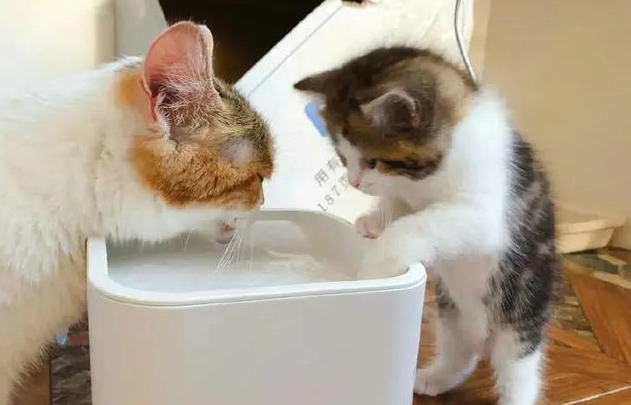Having a cat is like having a child, the most fear is that it will get sick.
Folklore says that “cats have nine lives”, believing that cats have a great deal of natural life and can be raised casually. Although cats have many innate advantages, but still can not resist the threat of viruses, there are many infectious diseases are fatal to cats.
There are many people who take a chance to keep cats, thinking that vaccination is a hassle and a waste of money. There are also some first time cat owners who are deceived by shady businesses when buying a cat and buy a cat that is apparently healthy and lively, but in fact has been infected with a virus. AndInfectious diseases in backyard cats are usually acute infectionsThe most common ones are feline distemper and feline nasal branch.
Today we’ll take a deeper look at the catnose branch.

What is the cat’s nose branch?
Catarrhal branch, also known asInfectious rhinotracheitis in catsIt is an acute infectious disease of the upper respiratory tract, and the pathogen isFeline herpesvirusType I (FeHVI).
The feline nasal branch can cause infectious conjunctivitis and inflammation of the upper airways.Adult cats have a mortality rate of about 20-30%, and kittens often die within about two weeks of the disease.。
Symptoms of nasal branch in cats
1. The body temperature rises at the beginning of the disease.Significant symptoms of upper respiratory tract infection, paroxysmal coughing, sneezing and lacrimation.
2、AppearanceConjunctivitisphotophobia and ocular discharge, severe corneal ulcers and, in severe cases, blindness.
3、Loss of appetite, mouth erosion and ulcers, difficulty in eatingA constant mucous discharge from the mouth with a foul odor.
4、Increased nasal dischargeThe nasal cavity can narrow the airway due to inflammation to the point of respiratory distress and asphyxia.
5、Weight loss and mental depression。

Prevention of nasal branch in cats
Although this virus is abominable, there are still ways to prevent it.
1, the most direct and effective method is to vaccinate the cat.Cats can be vaccinated when they are 8 weeks old(At 7-9 weeks of age, maternal antibodies begin to decline in kittens.) Be sure the cat is healthy before vaccination.
2. The feline herpes virus is weak against external factors and can be inactivated by formaldehyde and phenol. Pooper scoopers must rememberRegular disinfection, many terrible viruses can be eliminated。
3、Unvaccinated kittens whoSneezing for more than 48 hours, it is recommended to seek immediate medical attention。
4. PCR (polymerase chain reaction) can be used to detect whether the virus is infected.
5、Caution is needed when taking cats out.Avoid exposure to pathogens。

It is worth noting that this virus is very insidious and virulent.Even after the disease is cured, the cat will carry the pathogen for life. The virus can hide in the nerve tissue and when the cat’s immunity decreases, the virus can emerge from the nerve tissue and cause the disease to reoccur.If the cat develops a secondary bacterial infection, it can cause severe bronchopneumonia, which may lead to the cat’s death。
So.Vaccination for cats is very necessary. It is also necessary to pay more attention to the cat’s diet and mental state to avoid tragedies in time.

